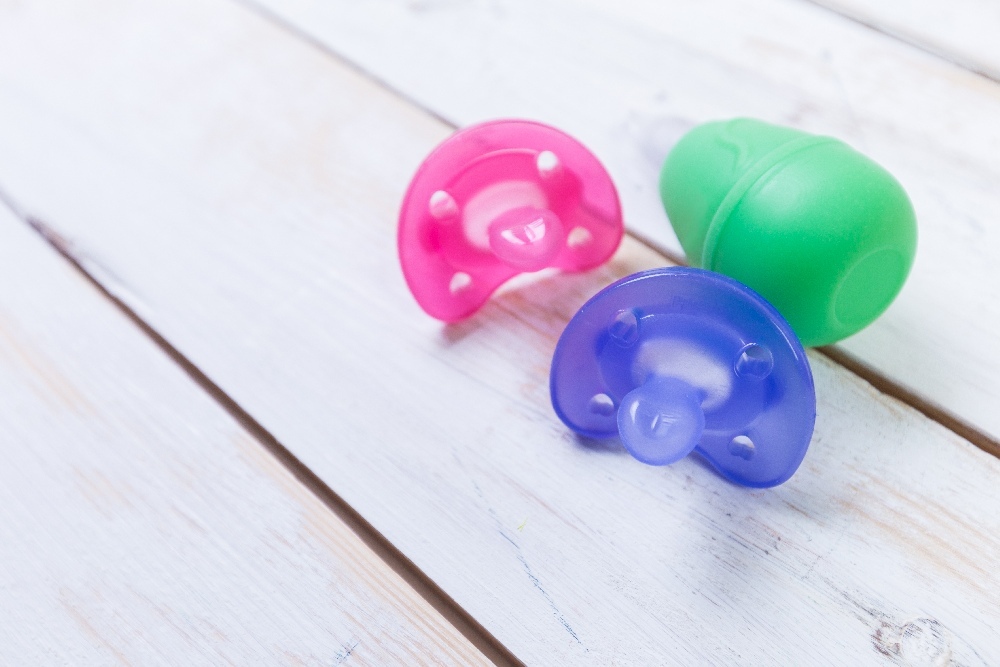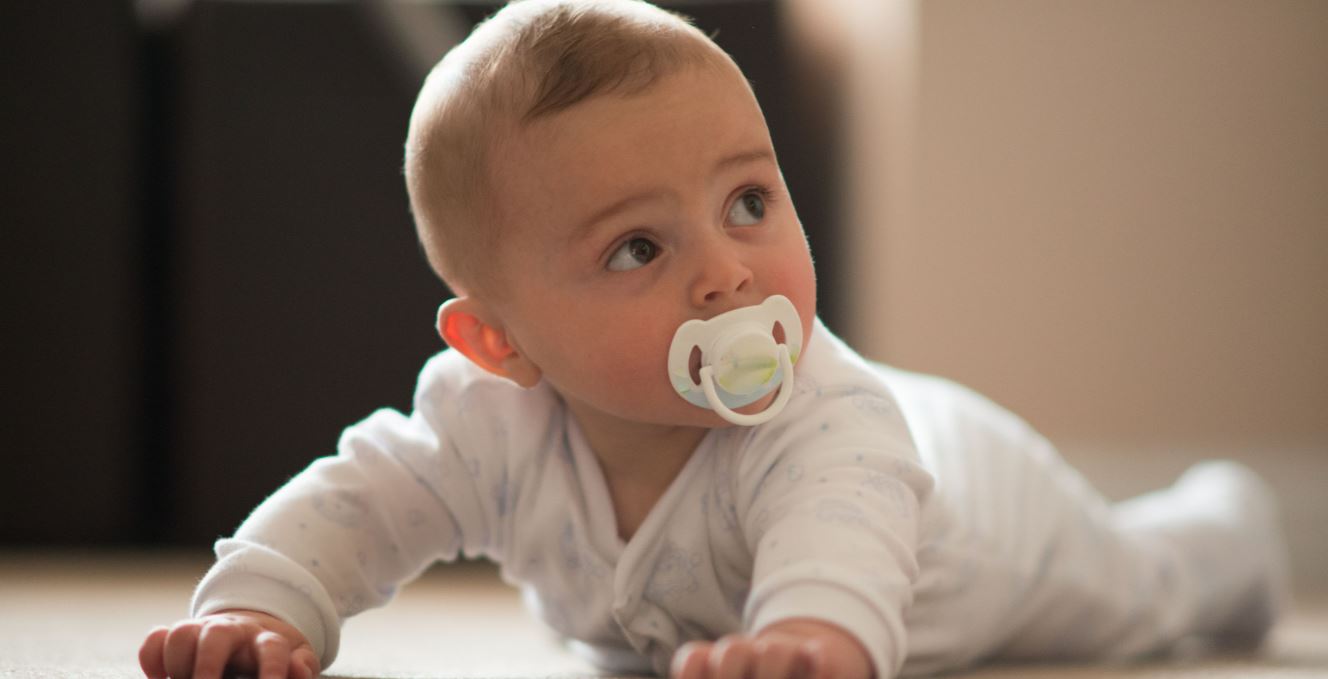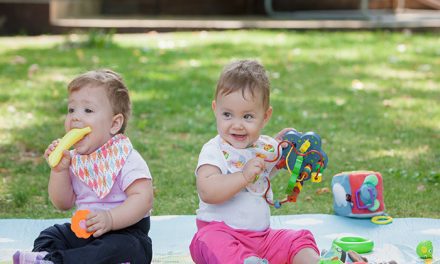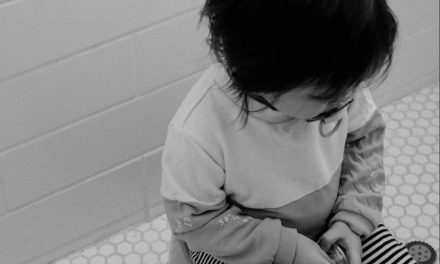You put on your parenting caps even before your baby is born, and yet, there’s so much more to know about. Orthodontic pacifiers may be one of those things; too small to pay attention to, yet important! Read on for everything you need to know about orthodontic pacifiers.
What Is An Orthodontic Pacifier?
An orthodontic pacifier is something all parents give their infants as soon as they get four weeks old. By this time, the breastfeeding habits are firmly established. These pacifiers are all pediatrician-recommended since they have specific uses and benefits.
Orthodontic pacifiers are made to avoid tooth misalignment and the chances of orthodontic issues the baby may develop later in life. Such pacifiers have a nipple that is round in shape at the edge and flattened at the bottom. They give support to the baby’s developing jaw and palate. Similar to a mother’s nipple, these pacifiers also flatten in the infant’s mouth, providing the most natural sucking experience, and also reduce pressure on the developing teeth and gums of the baby.
Orthodontic pacifiers have lesser instances of open-bite or overbite issues as compared to traditional round ones. However, the best plan of action against dental damage is to limit the pacifier use and stopping it completely as soon as the baby turns one year old.

Orthodontic pacifiers help protect your baby from dental issues.
Thumb Sucking Vs. Orthodontic Pacifiers
Experts claim that the habit of sucking on orthodontic pacifiers is always better than thumb sucking, as it is easier to break. Moreover, using pacifiers at nap time and bedtime during the first year is a better option as it prevents the possibility of sudden infant death syndrome (SIDS) (1).
If your baby keeps on sucking the orthodontic pacifier or their thumb even after turning two, it can affect the shape of the child’s mouth and the lining of the teeth. You should at least focus on keeping your child from sucking on the pacifier, thumb, or fingers before the development of permanent teeth, as it will enable the child’s bite to correct itself.
As kids cross the age of 3, they begin to understand peer pressure, and this may stop school-going kids from thumb sucking. However, they may still do so in private to sleep or calm down.
Here are some tips on how you can help your child stop orthodontic pacifiers and thumb sucking –
- Praise them for not sucking the pacifier or the thumb.
- Always ensure your child feels safe and secure to prevent them from resorting to old habits.
- Bring them to a dentist who can show them the adverse effects of thumb sucking.

Thumb sucking beyond the age of 2 can have adverse effects.
Conclusion
Orthodontic pacifiers are always a better option than conventional pacifiers. However, every parent must ensure that their kids quit this habit by the time they turn one. Ensure you can keep track of your baby’s milestones by using the ImmunifyMe app; it helps with milestone tracking, immunization schedules and much more.
FAQs About Orthodontic Pacifiers
Are Orthodontic Pacifiers Better?
Yes, they are better than regular pacifiers since they tend to have less open bite or overbite problems.
What Is An Orthodontic Pacifier?
Orthodontic pacifiers are designed to be more beneficial than regular pacifiers since they aim to help stave off orthodontic issues and misaligned teeth. The nipple resembles the nipple and supports the shape of the baby’s developing palate and jaw.
When Should Baby Use Orthodontic Pacifier?
A baby should ideally be put onto an orthodontic pacifier at 4 weeks. By this time, the mother and baby have set breastfeeding habits.
References –






